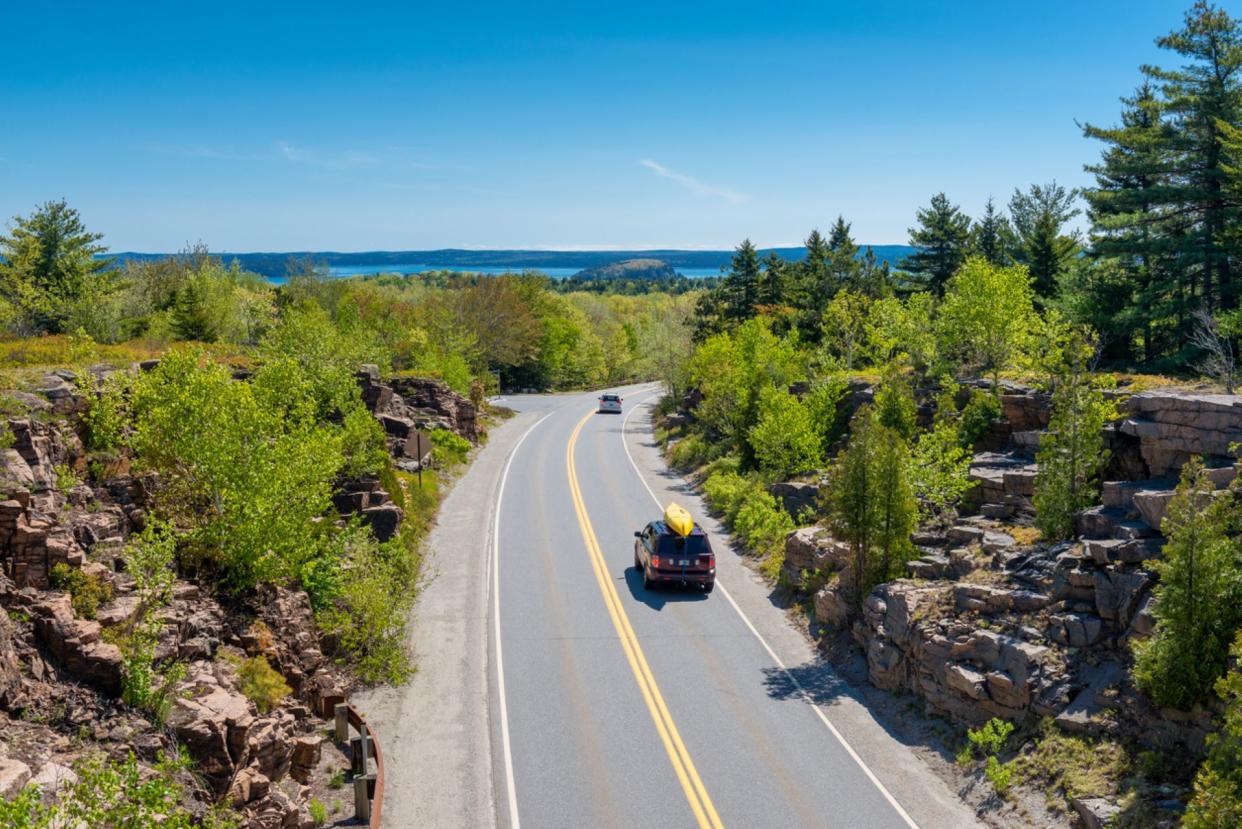New map reveals the national parks making electrifying changes — here’s what this means for future visitors

The Biden administration’s push to make changes that decrease Americans’ impact on the environment features a venture to create an electric vehicle charging corridor that will include the 425 national park sites across the nation.
The National Renewable Energy Lab and National Park Service developed an interactive tool that shows the location of EV charging stations. The NREL created the map with the Alternative Fueling Station Locator, and the data is updated daily, pv magazine reported.
The NPS this year unveiled its third Green Parks Plan, which aims to reduce the organization’s planet-warming pollution to net zero. One of the tenets is “Green Our Rides: Adopt and support zero-emissions transportation methods.”
The NPS is looking to transition its eligible federal fleet and visitor transit vehicle purchases to zero-emission vehicles and its non-highway vehicles and equipment purchases to electric and zero-emission fuels. To do so, it will need the charging infrastructure to support such modes of transportation, and it also hopes to use carbon-free electricity.
“With over 400 national parks, more than 18,000 employees, and nearly 328 million annual visitors, the NPS has an unparalleled opportunity to engage across communities to support an environmental ethic,” according to the NPS.
The Inflation Reduction Act includes production incentives to boost the manufacturing of EVs, batteries, and charging stations, pv magazine reported. President Biden set a goal to have 500,000 EV chargers around the country by 2030.
“Building out the EV charging network across the country is seen as crucial to increasing EV adoption, as potential buyers may have ‘range anxiety,’ the worry that there won’t be a charging station where and when it’s needed,” Anne Fischer wrote in pv magazine.
Grand Canyon National Park in Arizona recently installed six chargers at its visitor center in partnership with Electrify America.
The company owns the largest fast-charging network in the U.S. Its investments in that infrastructure helps reduce carbon dioxide equivalent pollution from 11,400 pounds per year for gas-powered automobiles to 3,700 for EVs.
The EV charging market is expected to grow astronomically in the next 25-plus years, and the map of national park charging stations includes filters that show available, unavailable, and planned chargers as well as charger and connector types.
Jennifer Madello, manager for the Park Facility Management Division, said the NPS “serves as a model for environmental stewardship” but that the public plays an integral role.
“The new NPS EV charging map, developed with NREL’s support, invites visitors to participate in and contribute to our goals of supporting net-zero emission transportation, climate resilience, and environmental justice,” she stated.
Join our free newsletter for cool news and cool tips that make it easy to help yourself while helping the planet.

